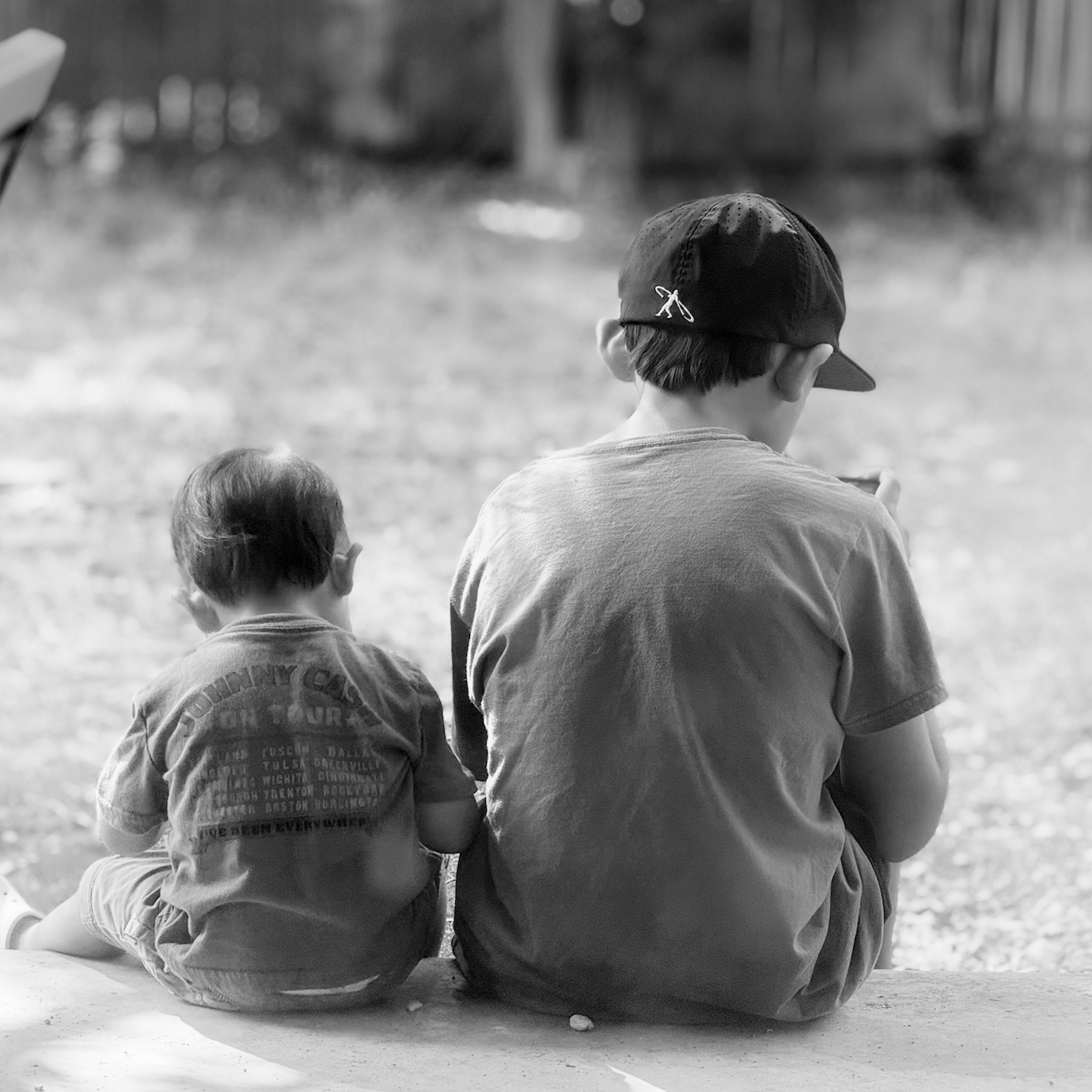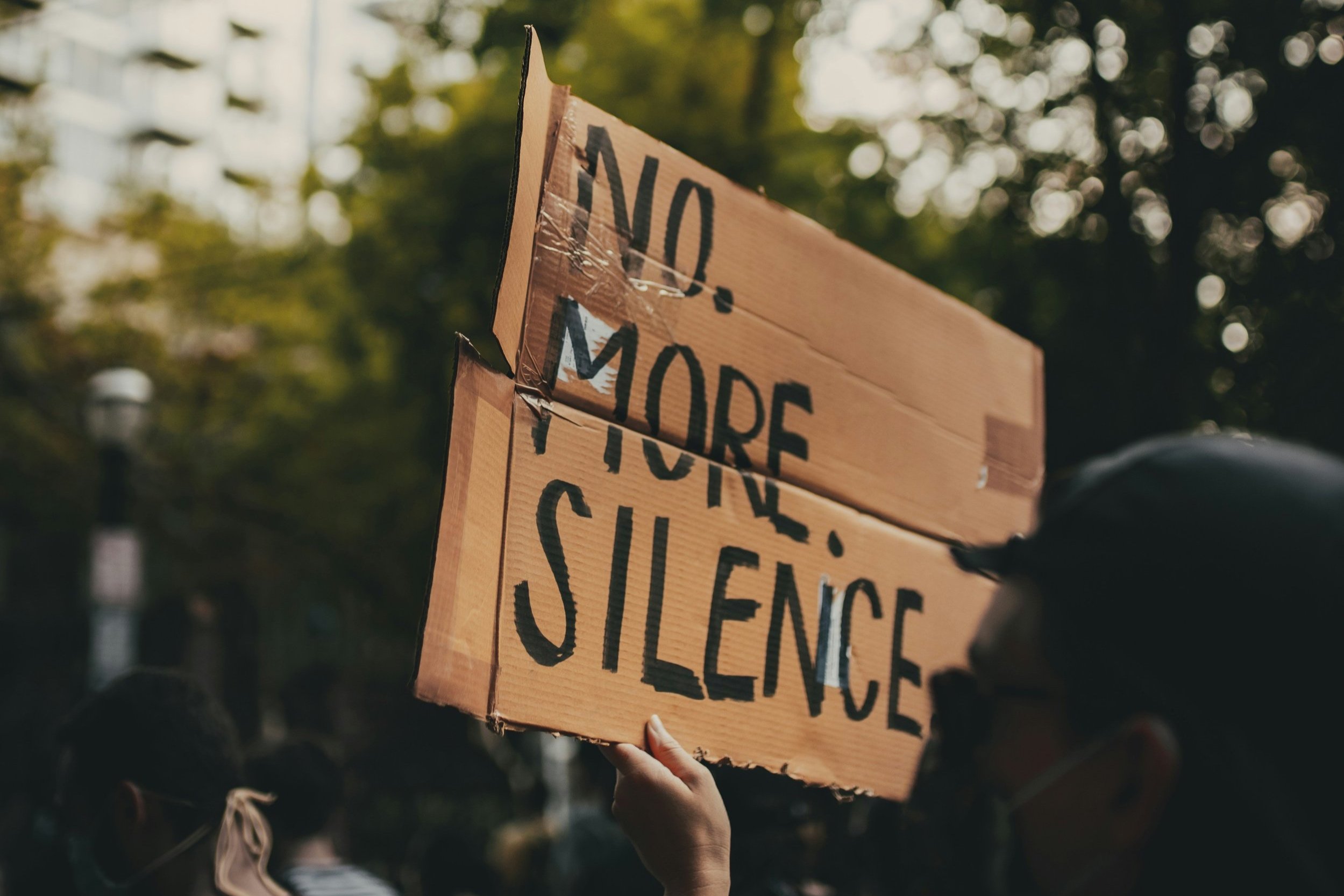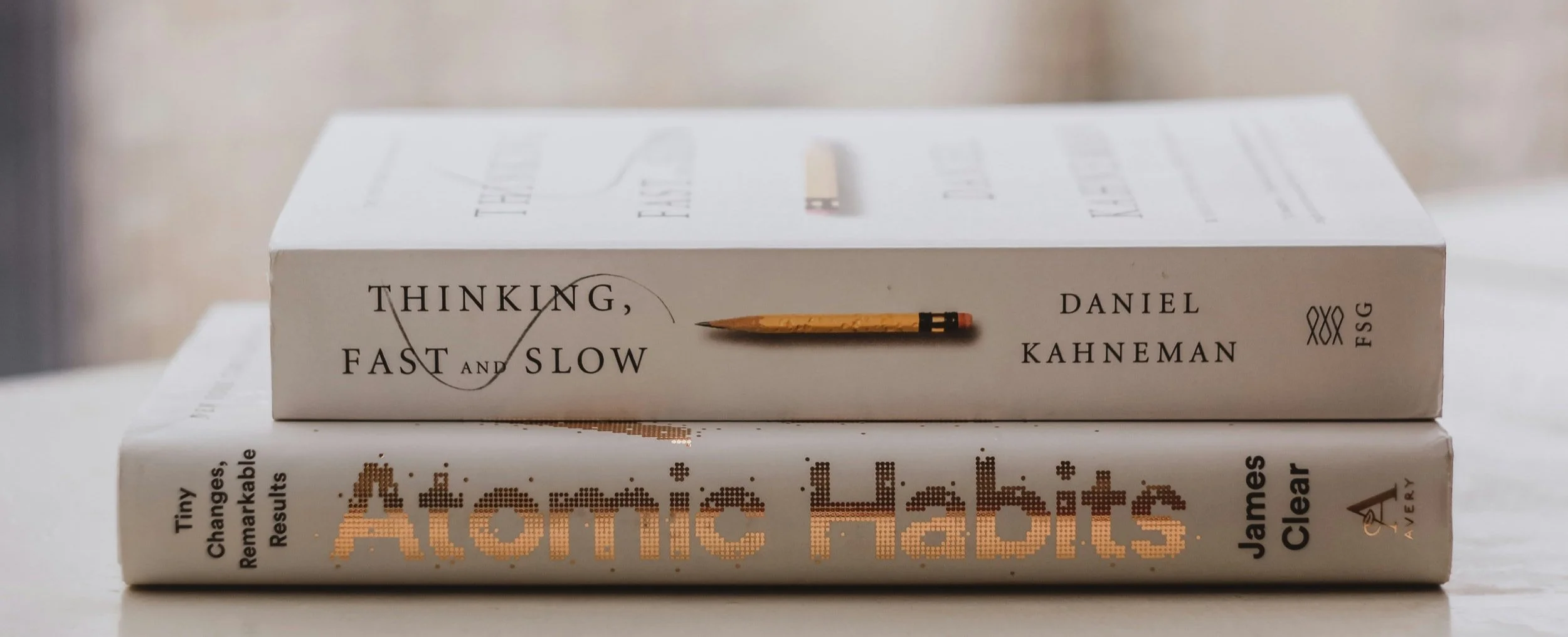Please Hold... My Anxiety Is Speaking
(a.k.a. My Brain’s Full-Time Job That I Never Applied For)
What Anxiety Is
Anxiety is one of the most common mental health challenges today, yet it remains deeply misunderstood. At its core, anxiety is a natural stress response—our body’s built-in alarm system that helps us prepare for danger. But when that alarm goes off too frequently or too loudly, it can interfere with daily life. According to the Anxiety & Depression Association of America, anxiety disorders affect 40 million adults in the United States every year, making it the most prevalent mental health condition in the country. Despite its commonality, anxiety continues to be clouded by stigma, misconceptions, and silence. Or my favorite... "not me" mentality.
Photo by 8machine _ on Unsplash
What Anxiety Looks Like
Anxiety can manifest in many ways. For some, it’s racing thoughts that won’t stop; for others, it’s physical symptoms like a pounding heart, shortness of breath, or stomach aches. Oddly enough, one of my physical symptoms is the tip of my tongue going numb. I don’t often get shortness of breath—but mostly because when I’m anxious, I tend to hold my breath like it's a competitive sport.
It can also look like irritability, avoidance, over-planning, or even perfectionism. One of my dearest friends cries when her anxiety shows up to play. I, on the other hand, tend to be angry and have a short fuse. People with anxiety may struggle in social settings, worry excessively about things others find minor, or experience panic attacks that feel like they’re losing control.
Children may act out or become overly clingy; teens may withdraw or show signs of obsessive behaviors. In adults, anxiety can show up as constant overthinking or persistent dread without a clear reason. Anxiety doesn’t have just one face—it wears many.
K&M
Side note: Panic attacks & anxiety attacks ARE different!
How, you ask? (I had no idea either until my therapist told me.)
A panic attack comes on suddenly, often without warning, and feels intense and physical—like a wave of fear or danger out of nowhere.
An anxiety attack builds gradually in response to stress and feels more like constant worry, tension, and overwhelm.
Think: panic = sudden storm, anxiety = slow, steady pressure.
What Anxiety Isn’t (Contrary to Popular Belief)
Equally important is understanding what anxiety is not. It’s not just feeling jittery before a big test or getting butterflies before giving a toast—that’s called being human. It’s not laziness (although yes, lying in bed all day can be a coping mechanism). And it’s definitely not a character flaw or a sign you’re “just too sensitive.”
Let’s also clear this up: you can’t just “calm down” the same way you’d tell your dog to sit. If that worked, we’d all be anxiety-free by now, sipping matcha on a mountain. But anxiety doesn’t work that way. Saying “stop worrying so much” to someone with anxiety is kind of like telling someone with asthma to just breathe better. It's well-meaning, but also wildly unhelpful.
Photo by Thomas Park on Unsplash
Anxiety disorders are real, diagnosable conditions that often require support—through therapy, medication, routines, mindset shifts, or all the above. So no, it’s not “in your head,” and it’s not fixed by a bubble bath and a motivational quote on Instagram (though honestly, both of those things can still help).
Why We Still Pretend We’re Fine – The Stigma Problem
Unfortunately, the stigma surrounding anxiety—and mental health in general—still holds way too much power. Cultural expectations, family upbringing, and that age-old belief that mental illness equals failure, weakness, or “drama” can keep people quietly suffering behind perfectly curated smiles. Even in a world that now sells “self-care” in the form of throw blankets and bath bombs, admitting you need help can still feel like you’re breaking some kind of unspoken rule.
Photo by Anthony Tran on Unsplash
And let’s talk about the extra layer of pressure men face: anxiety often gets shoved into the “not manly” box right next to scented candles and asking for directions. From a young age, boys are told to “man up,” “be tough,” and “walk it off”—as if mental health is a soccer injury. And the numbers don’t lie—anxiety affects men in huge numbers, but stigma keeps many of them quiet. According to the National Institute of Mental Health, about 1 in 5 men in the U.S. experience an anxiety disorder in their lifetime, yet less than 40% ever seek help. Cultural norms around toughness, stoicism, and the myth that “real men don’t cry” stop far too many from getting the support they need. That silence can turn dangerous—men are over three times more likely to die by suicide than women, often due to untreated mental health conditions. It's not weakness to speak up; it’s survival.
But here’s the kicker: stigma doesn’t just delay treatment—it deepens the suffering. The longer we pretend we’re fine, the harder it becomes to climb out from under the weight of it all. Talking about anxiety doesn’t make you broken; it makes you brave. And we need braver.
The Good News: You Can Live With It (Even If You’re Still Caffeinated and Sleep-Deprived)
Truth is: anxiety is manageable. Like, actually manageable—not just in a “light a candle and hope for the best” kind of way. People live full, vibrant, hilarious, messy, beautiful lives with anxiety. Cognitive-behavioral therapy (CBT), mindfulness-based practices, and yes—even medication—have been shown to help reduce symptoms and help you regain the remote control for your overactive brain.
Photo by Lala Azizli on Unsplash
Daily habits like getting regular sleep (I’m still trying to master this one without scrolling social media, reading a book on my phone, watching parts of a movie, rearranging my house in my head until two in the morning), limiting caffeine (working on that too… coffee, don’t take this personally), setting boundaries that don’t come with guilt, practicing deep breathing, and building a routine that doesn’t make you want to scream into a pillow—all of it helps. Living with anxiety doesn’t mean living in fear. It means learning to work with your brain, not against it. And some days, that might look like journaling or meditating… and other days, it might look like deep breaths in your car before going inside Target. Progress is progress.
When Anxiety Brings Friends
It’s also important to note that anxiety often coexists with other conditions, such as depression, ADHD, or trauma-related disorders. Lucky me, my anxiety’s partner in crime is ADHD. YAY! This doesn’t mean I’m broken—it simply means I need a personalized care plan that considers the whole picture of my mental health. (Who doesn’t? Am I right?)
Getting a proper evaluation can be a powerful first step, especially when symptoms start interfering with school, work, or relationships. It’s the first step into understanding your brain and answering that lingering question of “Why is this harder for me?”
Real Life, Real Tools
I’ll be the first to admit it: while I do take medication for my anxiety, I also do a lot of inner work—well, as much as my ADHD and small children will let me. These days, that “work” looks a lot less like journaling in a cozy nook and a lot more like squeezing in podcasts between carpool drop-offs and audiobook chapters while folding laundry.
But that’s the thing about managing anxiety—you must find what works for you. Some of my favorite (and totally unsponsored) resources are:
On Purpose by Jay Shetty
Let Them by Mel Robbins
These tools help me feel more grounded, more capable, and a little less like I’m drowning in my own brain.
Wisdom from Shetty & Sinek
Modern thinkers like Jay Shetty and Simon Sinek are basically the TED Talk dream team for anyone who's ever spiraled over an unread text message or mentally prepared for disaster during a perfectly normal Tuesday. They both offer refreshing takes on anxiety—not as something to fear or fight, but as something we can understand, reframe, and even grow from (yes, really).
Jay Shetty, former monk turned mindset coach, reminds us that anxiety often shows up when we’re desperately trying to avoid discomfort. And let’s be honest—most of us would rather alphabetize our spice rack than sit with our feelings. But Jay encourages us to lean in instead of running away. In his podcast On Purpose, he offers practical tools like intentional mornings, mindful breathing, and—this one’s big—saying “yes” to the stuff that scares us. Because growth doesn’t come from hiding under the covers (no matter how cozy they are) (Shetty, 2021).
Photo by Sdf Rahbar on Unsplash
Simon Sinek, the Start With Why guy, takes a more scientific spin. He points out that the physical symptoms of anxiety—racing heart, sweaty palms, shaky knees—are basically the same as excitement. The only difference? How we interpret it. So next time you feel like you’re going to throw up before a big presentation, try telling yourself, I’m not panicking—I’m pumped! It’s not magic, but it’s a mental rebrand worth trying (Sinek, 2015).
Together, Shetty and Sinek teach us that anxiety isn’t a character flaw or a life sentence. It’s a signal. And when we stop treating it like a monster under the bed and start treating it like a slightly annoying messenger, we give ourselves a chance to respond with grace—or at least with fewer dramatic inner monologues.
Simon Sinek and Jay Shetty
Final Thoughts
If you or someone you love is riding the anxiety rollercoaster (complete with loop-de-loops at 2 a.m.), you’re not alone—and you don’t have to white-knuckle it forever. Help is out there, whether it’s therapy, medication, journaling like you’re writing the next bestseller, or just learning how to breathe through the chaos without yelling at your inbox.
Talking about anxiety doesn’t make you weak—it does the opposite; it makes you strong. And with the right support, you can live with it, laugh with it, and even thrive despite it (yes, even when your brain is doing Olympic-level overthinking).
Kassy Campos











